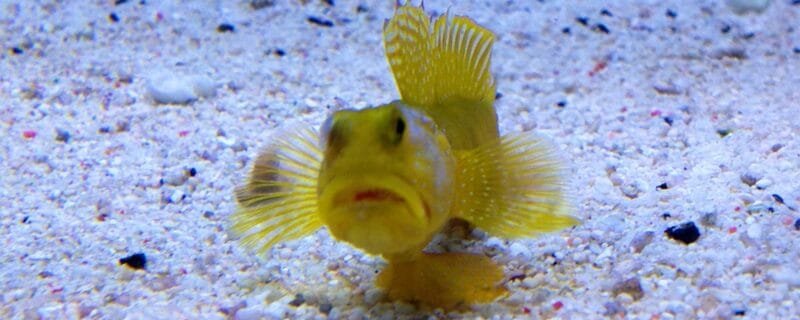Unveiling the Secrets: How to Spot an Unhealthy Fish and Provide the Right Care
As dedicated aquarium enthusiasts, we strive to create a thriving underwater world for our beloved fish. But what happens when one of our fishy friends isn’t feeling their best? Recognizing the signs of an unhealthy fish is the first step to providing the right care and ensuring their well-being. In this blog post, we’ll unveil the secrets of spotting an unhealthy fish, the initial signs to look for, and how to administer the right medication to nurse them back to health.
Identifying the Early Warning Signs
- Changes in Behavior: Watch for unusual behavior, such as lethargy, excessive hiding, or erratic swimming patterns. Fish that isolate themselves from the group may also be signaling distress.
- Loss of Appetite: A sudden decrease in food consumption or a refusal to eat altogether can indicate health issues. Keep an eye out for fish that show disinterest in their favorite meals.
- Changes in Coloration: Unexplained changes in a fish’s coloration, including fading, darkening, or the appearance of white spots or lesions, may be indicative of an underlying problem.
- Respiratory Issues: Rapid or labored gill movement, gasping at the water’s surface, or spending extended periods near the water’s surface can signify respiratory distress.
- Frayed Fins: Damaged or frayed fins, fin rot, or fin clamping are common signs of bacterial or fungal infections that warrant attention.
- Parasitic Symptoms: Scratching against objects, flashing (sudden darting movements), or visible parasites on the fish’s body can be signs of parasitic infestations.
Taking Swift Action
Upon noticing any of these signs, it’s essential to act promptly to diagnose and address the issue. Here’s a step-by-step guide to help you nurse your fish back to health:
- Isolate the Affected Fish: If possible, move the unhealthy fish to a quarantine tank. This helps prevent the potential spread of disease to other tank inhabitants.
- Diagnosis: Identify the specific symptoms and research potential causes. Consult aquarium resources or seek advice from knowledgeable sources to narrow down the issue.
- Choose the Right Medication: Based on your diagnosis, select the appropriate medication. Common treatments include antibiotics for bacterial infections, antifungals for fungal issues, and antiparasitic medications for external parasites.
- Follow Dosage Guidelines: It’s crucial to use the chosen medication in the correct quantities as prescribed on the product’s label or by a knowledgeable source. Under-dosing or overdosing can be ineffective or harmful to your fish.
- Adjust Tank Conditions: Optimize water quality by performing regular water changes, maintaining stable temperature and pH levels, and ensuring adequate filtration. Clean and sterilize any equipment used in the quarantine tank.
- Observation and Patience: Continue monitoring the fish’s condition closely. Healing may take time, and it’s essential not to rush the recovery process.
- Gradual Reintroduction: Once the fish has fully recovered and is no longer showing signs of illness, gradually reintroduce it to the main aquarium to minimize stress.
By following these steps and paying close attention to your fish’s well-being, you can increase their chances of making a full recovery. Remember that prevention is key to maintaining a healthy tank, so regular water testing, maintaining good tank hygiene, and providing a well-balanced diet are equally important.
Conclusion
In conclusion, recognizing the signs of an unhealthy fish is a crucial skill for any aquarist. Armed with the knowledge of common symptoms and the right approach to medication, you can provide the necessary care to help your fish thrive. After all, our underwater friends rely on us to create a safe and nurturing environment, and ensuring their health is our top priority.







